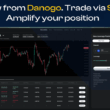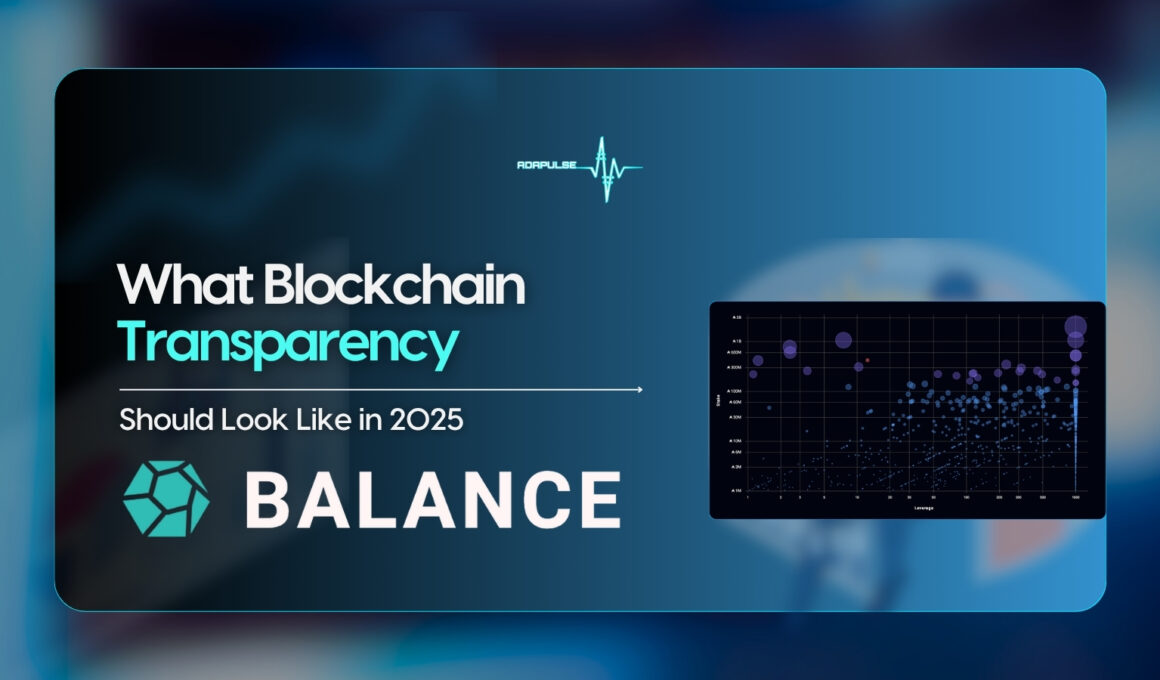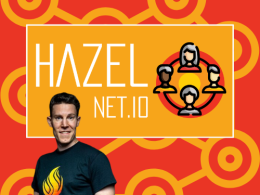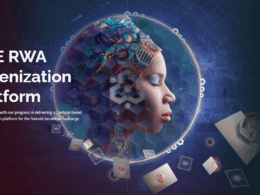For a long time, people in crypto took decentralization as a given. If a network was public and permissionless, it was assumed to be decentralized. But if you look closely, it’s not that simple. The truth is, most people can’t tell how decentralized their favorite chain really is. That’s why Cardano decentralization analytics is no longer a nice to have but necessary.
In networks like Cardano, where delegation, node distribution and community participation are deep to its design, understanding what’s happening on the ground is important. Without access to the right data or worse, with no idea how to read it, traders are left in the dark. Stake goes to a few familiar names. Pool operators gain silent influence. And slowly, without anyone noticing, control starts to centralize.
This is why it’s important. Decentralization is more than a slogan but a living part of the system. And to protect it, people need to see it. Not just developers, not just insiders. I mean everyone. Whether you’re staking for the first time or building a dApp, knowing how the network is behaving helps you make smarter decisions. But that level of clarity hasn’t been easy to find until recently.
Seeing the Network Clearly Changes Everything
There’s a shift happening in how people interact with blockchain data. The days of complicated dashboards and buried metrics are ending. More platforms are now focused on making the essentials visible where delegation is flowing, which pools are overexposed, how healthy the network actually is. These tools are not just for analysts but for everyday investors who care about the direction their ecosystem is heading.
That’s where Balance comes in to help. It was designed with a simple idea, to make Cardano’s decentralization readable. Not in theory but in numbers, charts and interactive maps anyone can understand. It doesn’t tell you what to think but shows you what’s happening and lets you decide for yourself. That’s a powerful shift for a chain like Cardano.
When people actually understand how their stake affects the network, their behavior shifts. Delegators start thinking beyond rewards. They choose pools with purpose. They pay attention to who’s gaining too much control and who needs more support. That awareness leads to better decisions and it’s those small, intentional moves that strengthen decentralization. Not through hype or messaging but through visibility and better access to real data.
In Web3, there’s no shortage of information but most of it stays out of reach for the average person. The real value lies in tools that cut through the noise and surface what matters where power is moving, how healthy the network is and what role traders can play. This kind of clarity empowers them and in a growing ecosystem, platforms that deliver that kind of insight will become essential to keeping things transparent and fair.
So, What Exactly Does Balance Do?
If you look closely, Balance shows exactly what’s happening in the Cardano ecosystem. It doesn’t rely on guesses or surface level claims. It delivers real onchain data in a way anyone can understand. That changes everything for traders who want to act with intention.
More importantly, it was built to make decentralization visible, trackable and usable. Each chart answers a specific question. Who holds the most stake. Are pools fairly distributed. Is the network becoming stronger or quietly centralizing. With no distractions, no clutter and no paywalls, it gives investors the tools they need to stake smarter and see the ecosystem for what it really is.
A Mission Powered by Its Own Infrastructure
At the heart of the platform is BALNC Pool which is a self hosted, baremetal setup that runs independently of any cloud provider. It secure the network and also powers the tools and analytics Balance provides. That means when you delegate to BALNC, you’re not just staking but helping fund tools the whole community benefits from.
They’ve kept their fees super competitive too. As of early 2024, the pool charges the lowest allowed fixed fee (170 ADA) and a 0% margin. Delegators get nearly the full reward and the pool funnels resources back into maintaining and improving the platform. It’s a clean cycle for stake, earn and improve the network.
Each Visual Tool on Balance Solves a Specific Problem
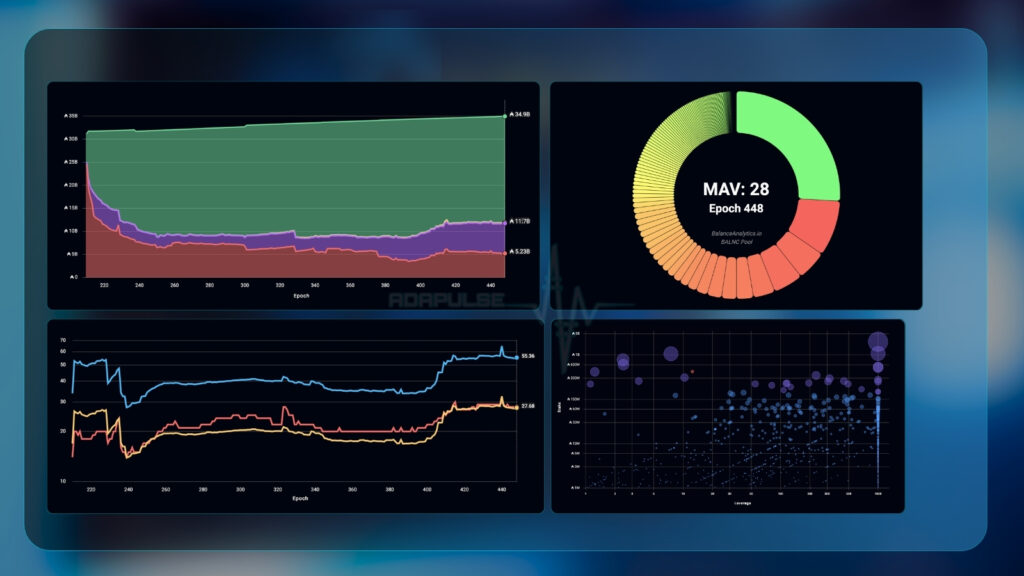
Group Stake vs. Leverage: This shows how different pool groups have formed and grown over time. It lets you track how much influence any group has, based on how many pools they run and how much stake they control. It’s a reality check for decentralization.
Average Resulting Decentralization: On the surface, a network might look decentralized but if one person runs ten pools, does it really count. This metric adjusts for that by grouping pools under real operators. You get a clearer picture of how spread out control really is.
Group Stake Donut: It’s a visual breakdown of who holds what, organized into clean slices based on stake, pledge, delegators or pool count. You can switch views and get a full read of where power sits.
UTxO Allocation: This shows how ADA is distributed between delegated and non delegated wallets. It’s the piece most people miss. Seeing how much ADA is sitting idle helps understand investors behavior, whale movements and how much value is really contributing to the network.
What It Changes for the Ecosystem
The name Balance comes from the original principle of accounting: every entry must match debit and credit. This concept stands for accuracy, symmetry and accountability. In the same way, blockchains should reflect balance too. They must show verifiable truth, remain auditable, and stay transparent by design.
That’s why clarity matters. When people clearly see how the network operates, they start making smarter decisions. As those decisions improve, the network becomes stronger and more decentralized. This process doesn’t happen through belief alone, it takes visibility. That’s where Balance gives the community the ability to track, measure and guide the chain in real time. In a space where people often talk about decentralization but rarely prove it, tools like this make that proof possible.



